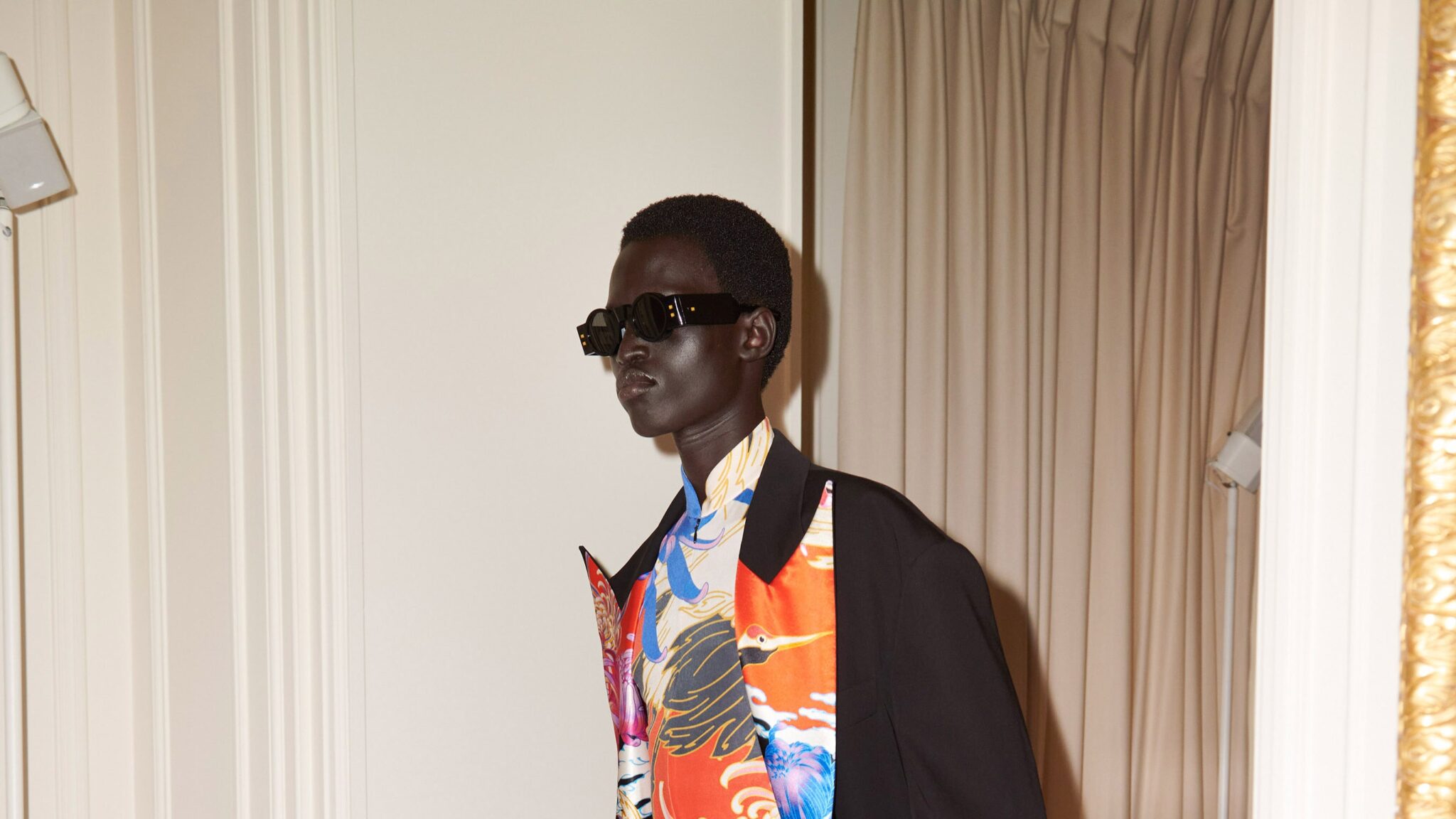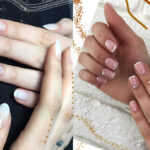In Olivier Rousteing’s latest collection of roses-everywhere womenswear, one look seemed out of the ordinary: a tailored jacket covered in decorated swallows. Turns out this was an Easter egg that foreshadowed a menswear collection to roll with it. Backstage, in the 44 Rue François 1er building that housed the founder’s first studio, Rousteing explained that Pierre Balmain had adopted the Migration style in the 1950s. hirondelle as a motif on couture dresses and shoes. “It was very interesting for me to take this from couture and apply it to my menswear.” Balmain saw the swallow as an emblem of good luck, he said: “because you are never sure what will happen tomorrow.”
What happened during the show was that a flight of clearly high-altitude VICs and friends – the Rolex of the gentlemen next to me was as gold and thick as they come – glided en masse into the OG Balmain atelier. “For me it’s about the princes of the new world,” Rousteing said: “They all own their own kingdoms.” The swallow’s migration path takes it from Europe to Central Africa, but here Rousteing flew it even further. He specialized in souvenir jackets mixed with varsity vests (sometimes custom made) that also featured tigers and dragons. Rousteing said he was inspired by the decorated jackets brought back to the U.S. by combat personnel from Japan, Korea and Vietnam in the 20th century, and thought about the rise of his home at the end of World War II, and how (he said ) he regularly encounters people who believe Balmain is American. Why this misconception? ‘Because of the doll,’ he thought.
On top of the significantly elevated Cuban heel boots or very haute woven leather riffs on summer’s metaverse mega boots, the collection ranged from sporty to princely. The custom work was cut into the outline of enlarged and deconstructed swallow shapes in sections, and from panels in more swallow sections. The shapes are reimagined, organic and sometimes retro-futuristic. The close-fitting and slim-fit bootcut trousers above those Cuban-heeled boots hinted at a languid androgynous Balmain glamour, which, according to Rousteing, was certainly not exclusively for men: ‘Today we will also see our VIC women, and I’m sure . they will also buy half of the collection.” He added: “I can see the numbers, and it’s so interesting that the men are now starting to buy women’s clothes and the women are buying men’s clothes. So there is a shift in our collection.” He added that 20% of the collection is specifically designed to be unisex, while other sizes have been adapted to be accessible to all genders.
Like the previous womenswear collection, this collection read as if Rousteing was deliberately broadening and adapting his design language to convey messages beyond the apparently ‘refined’. Tellingly, he again mentioned Pierre Balmain’s great friend Gertrude Stein, whose patriarchy-confusing words were similarly encoded. He said: “What’s interesting for me is seeing all the cultures together, which I think is something that I miss in our world.” The tantalizing spaces between the said and the unsaid were deliberately left there as a murmur of shifting, fluid meanings. This was a collection designed to be worn, not played.





